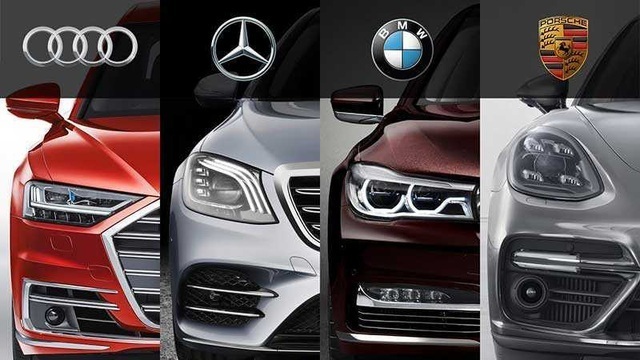In 2018, Vietnam and 10 countries, including Japan, Australia, Canada, Singapore and Mexico, signed the CPTPP which sets open mechanisms on trade, investment, government procurement and the environment.

Regarding the tariff on car imports, Vietnam committed to cut tariffs on imports with fewer than 9 seats from many leading automobile manufacturing countries in the world, including Japan, Mexico, Australia and Canada, under short and long term roadmaps.
The import tariff on CPTPP countries is 70 percent currently, the same as committed within WTO. In the short term, Vietnam will cut the tariffs by 4-6 percent per annum on average.
Under the government’s Decree 57/2019 on the preferential tariff in 2019-2022, the import tariff on CBU cars with fewer than 9 seats from Mexico will decrease to the lowest rate of 56 percent by 2022.
Meanwhile, the sharper tariff cuts will be applied to imports from the other four countries, including Japan, Australia, Canada and Singapore, with the cylinder capacity of over 2,500 cc. The current import tariff of 52 percent applied to over 3,000 cc cars will be cut to 46.2 percent by 2022.
The car models with cylinder capacity of 1,500-2,000 cc will see the tariff cut to 56 percent, while 2,000-2,500 cc cars will see the tariff reduction to 50.9 percent by 2022.
In the long term, Vietnam has committed to cut tariffs and open its market to car imports from Japan and Canada from the seventh year after the official signing of CPTPP.
| The government’s Decree 111 released recently on the exemption of import/export tariff in accordance with EVFTA in 2020-2022, the import tariff on cars from EU, mostly Germany, France, Italy and Sweden, will see decreases of 6.8-7.4 percent per annum, depending on the vehicle cylinder capacity. |
As for other partners, common tariffs will be applied based on cylinder capacity. Vietnam will remove the import tariff on the cars with less than 9 seats and cylinder capacity of over 3,000 cc from the 10th year onwards (2029). Meanwhile, the tariffs will be removed from the 13th year for the models with lower cylinder capacity.
As such, from 2026 to 2032, the import tariffs on cars from some CPTPP countries will gradually reduce to zero percent.
According to experts, some partner countries can enjoy tax removal sooner than others instead of the same removal roadmap for all FTA member countries, depending on the negotiations between Vietnam and each country on each other’s advantages and disadvantages.
This is the difference between the next-generation FTAs and WTO, the playing field where the rights and benefits go to large founding countries.
At present, the number of CBU car imports from Japan is low. The imports are mostly luxury models, specialized vehicles and passenger cars. Meanwhile, the models with less than 9 seats cars bearing Japanese brands (Honda, Mitsubishi, Toyota and Subaru) are imported from Thailand and Indonesia which can enjoy the preferential tariff of zero percent, applied since 2018.
Therefore, analysts believe that the removal of the tariff on Japanese sourced CBU imports from the seventh year of the FTA (2026) won’t have a big impact on the Vietnamese car market.
Under EVFTA, Vietnam will also strongly cut the tariffs on CBU imports from the 28 economies of the EU, commencing from August 2020. The market will be totally opened when 2030 ends.
The government’s Decree 111 released recently on the exemption of import/export tariff in accordance with EVFTA in 2020-2022, the import tariff on cars from EU, mostly Germany, France, Italy and Sweden, will see decreases of 6.8-7.4 percent per annum, depending on the vehicle cylinder capacity.
The current tariffs on imports from the EU are between 67 and 70.9 percent. So, with the planned tariff cut of 6.8-7.4 percent per annum, it will take 9-10 years to completely remove the tariffs. The tariff cuts of tens of percent will be sharper from the third to the fifth year of the FTA implementation.
In theory, the prices of import models such as Audi, Peugeot, Renault, Lexus and Volvo from Germany, France, Italy, Sweden, or Japan, Mexico and Australia will be cheaper in the future. However, the selling prices will still depend on other conditions as well, including market demand and customer tastes.
As for used imports (used for no more than five years in export countries), under CPTPP, in 2019, Vietnam imported 66 used cars and the number of cars will increase by six year by year.
Dan Tri

Car dealers sprint in last months of year, car prices plummet
A number of large manufacturers slashed car prices in early October, signaling a fierce race in the Vietnamese auto market.

Car prices expected to drop in August
More people could afford imported cars from the EU when the EU-Vietnam Free Trade Agreement (EVFTA) takes effect from August 1.